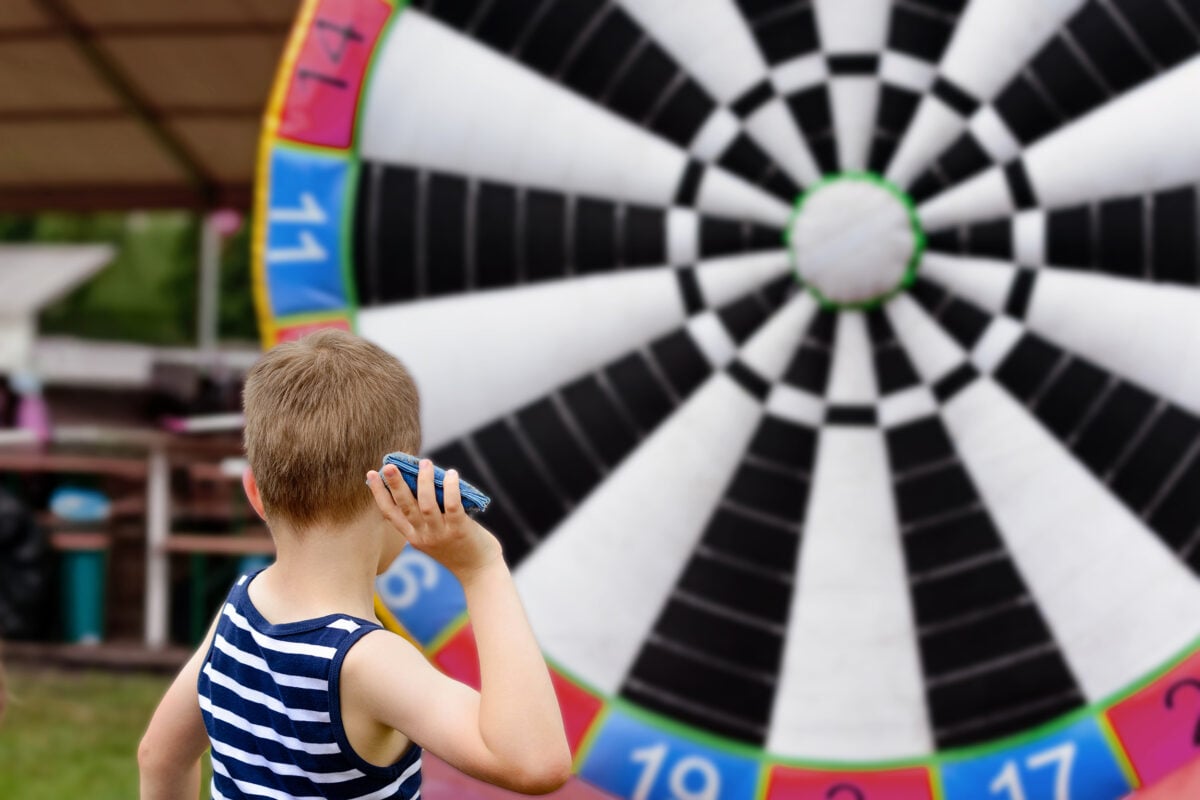Parents aren’t scrolling aimlessly; they’re searching with purpose.
From bus stops to bedtime, grocery runs to sports practice, parents are on the go. Their attention is fragmented, but their decisions are focused: What’s the best snack before practice? The safest recipe for the class party? The easiest fix for this week’s dinnertime chaos?
They don’t have time to waste, and neither should your media strategy.
In this landscape, showing up on the right channel isn’t enough. To earn loyalty and trust with parents, family-focused brands must go beyond broad awareness tactics and deliver targeted media strategies that mirror the real rhythms of family life. This goes beyond channel selection—it’s about timing, context and connection.
The parenting attention economy
We often talk about parents as a segment. But in reality, they’re a living ecosystem of needs, moments and micro-decisions. That means paid media must flex across three key layers to matter:
- Foundational reach: The channels that build broad awareness and consistent visibility across devices
- Everyday relevance: Touchpoints where parents actively search, plan, scroll and save
- Emotional resonance: Spaces where parents connect with trusted voices and communities
Together, these layers ensure your brand is visible as well as useful and memorable in the chaos of family life.
When it comes to what channels to be on, think about them like goldfish crackers. Some may not be the most exciting snacks in the pantry, but they’re absolutely essential if you want to keep things moving. Some channels might feel like the obvious choice, but that doesn’t make them any less valuable. What matters is how you use them.
Let’s break down where each channel fits into the three key layers and why.
1. Foundational reach
You need to be discoverable—everywhere parents are, without feeling like noise.
YouTube
If there’s one channel that’s a must, this is it. More than 13% of all TV viewing happens here (the most of any television distributor). And parents use it for everything — parenting hacks, product reviews, how-tos. Whether through Shorts, homepage placement or Demand Gen integration, YouTube is non-negotiable for brand recall. Creating touchpoints within YouTube longform and Shorts videos, the YouTube homepage or YouTube search results is critical for brand visibility and resonance.
Disney+
For the past decade, live cable/broadcast viewership has declined because of the emergence of Connected TV publishers like Netflix, Hulu, Peacock and Paramount. However, none have stood out to parents and families quite like Disney+. With Disney+ now second only to YouTube in TV viewership—and Hulu being integrated in 2026—there’s an enormous opportunity to connect with parents in brand-safe, highly visible spaces.
As families watch together, brands can reach them during that shared experience.
2. Everyday relevance
Where decisions happen mid-scroll, mid-meal, mid-chaos.
Search
Now more than ever, search must remain the foundation of your media strategy. And with AI reshaping how people get answers, your paid and organic search strategy must work in cohesion to ensure visibility in AI-generated overviews and product carousels.
Meta (Facebook + Instagram)
Still the most powerful platforms for parental influence. Whether it’s in-feed, Reels, profile feeds, Threads or Stories, Meta delivers a versatile array of placement options plus powerful targeting using first- and second-party data. Parents aren’t just lurking—they’re seeking recommendations, asking questions, saving ideas and discovering brands.
Pinterest is where parents go to get inspired for a purpose, not mindlessly scroll. Meal prep, party planning, parenting hacks and back-to-school ideas are all powered by search with intent.
Bonus: Pinterest drives lower impression costs than other social platforms and reaches parents in a proactive mindset when they are ready to plan, act and buy.
3. Emotional resonance
Trust is earned where relevance meets authenticity.
Nextdoor
Hyper-local and hyper-relevant, Nextdoor is a platform where parents actively seek recommendations for schools, pediatricians, babysitters and family services in their own neighborhoods. It combines word-of-mouth trust with digital convenience, making it one of the most authentic spaces to reach parents when they’re making community-driven decisions. Whether it’s pediatrician recs, school updates or services, Nextdoor offers trust at the neighborhood level—making it ideal for regional and franchise-based brands.
Influencer marketing
This isn’t a bonus tactic. It’s a trust accelerator. Parent influencers share real-life experiences, product reviews and family hacks that feel authentic and relatable. Their recommendations persuade families where traditional paid ads cannot. Bottom line: Parents trust parents. And now, influencer content also boosts your brand’s SEO. With Google indexing social posts in search results, creator content now carries far greater discoverability weight.
“Influencer content doesn’t just drive engagement—it fuels discovery, builds brand reputation and impacts decisions far beyond the social feed.”
—Meg Connolly, JPL Parent & Family Account Strategist
A note on what not to do
Most underperforming paid media plans suffer from the same missteps:
- Treating parents as a monolith rather than segmenting by mindset or moment
- Ignoring AI’s growing role in how parents discover content
- Investing only in reach without planning for relevance or trust
If any of these sound familiar, now is the time to recalibrate.
Paid media strategy that matches real family life
The most effective paid media strategy doesn’t try to be everywhere at once. It shows up in the right places, with the right message, at the right time—from snack time to screen time.
By aligning your media mix across reach, relevance and resonance, you’re not just capturing attention. You’re earning lasting consideration in the moments that shape household decisions.





